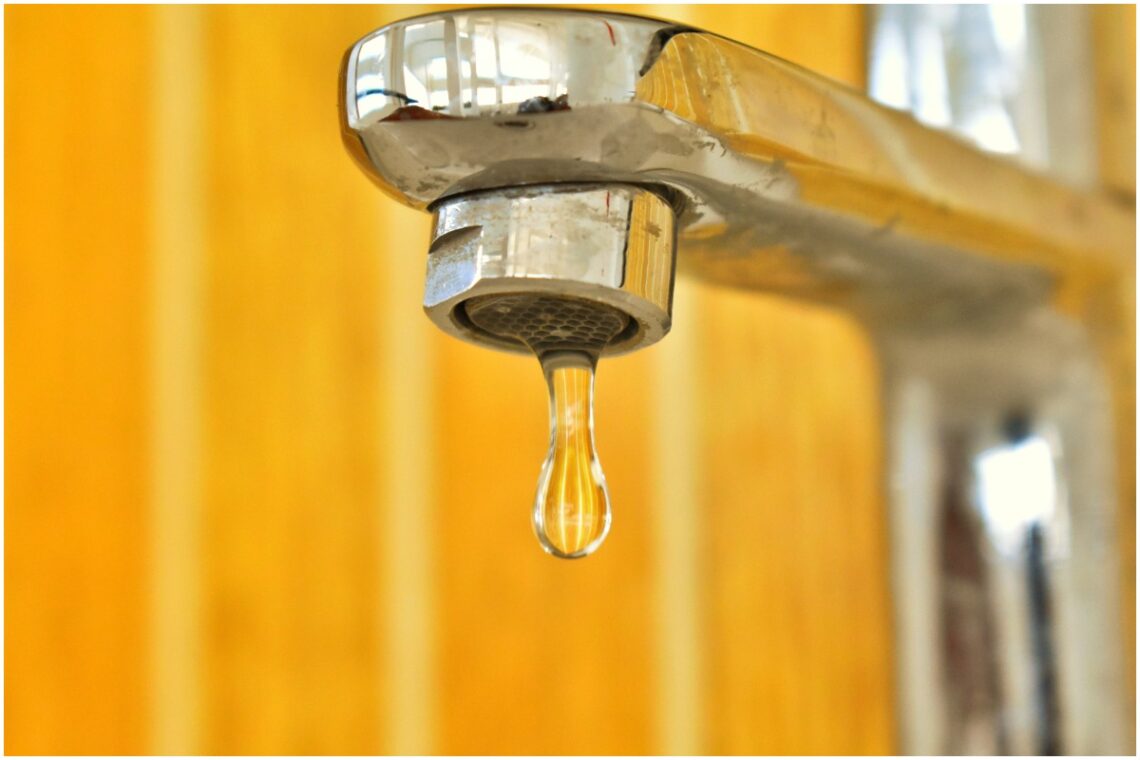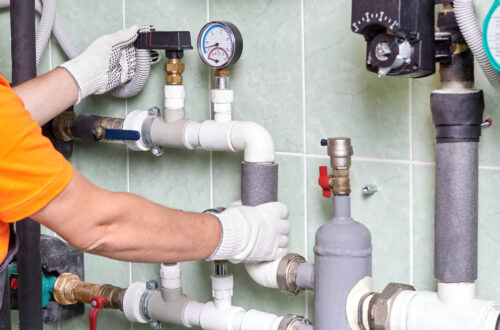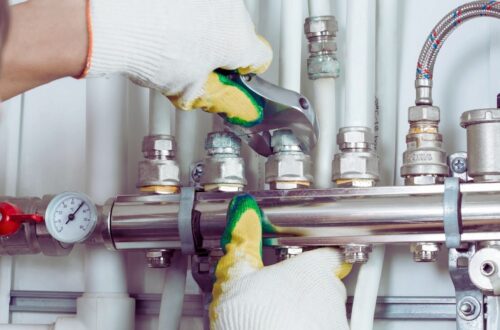A healthy home starts with a solid foundation—and that includes a well-maintained plumbing system. Most homeowners don’t think about their plumbing until something goes wrong, but ignoring early warning signs can lead to serious damage and expensive repairs. By recognizing the red flags, you can prevent small issues from turning into full-blown plumbing disasters.
In this post, we’ll explore the key signs that your plumbing system needs immediate attention, and why acting quickly can save your home—and your wallet.
-
Persistent Low Water Pressure
One of the first signs of plumbing trouble is low water pressure. If you notice weak water flow from your shower, sink, or faucet, it could be a sign of clogged pipes, corrosion, or even a hidden leak. While mineral buildup in a showerhead is an easy fix, system-wide low pressure often indicates a bigger issue lurking within your pipes. It’s best to call a professional to diagnose and resolve the problem before it gets worse.
-
Unexplained Water Bills
If your water bill suddenly spikes without a change in usage, you could be dealing with an undetected leak. These leaks might occur underground, behind walls, or beneath flooring, making them hard to find without specialized tools. A silent leak can waste hundreds of gallons of water a month, leading to both environmental and financial consequences. A trusted plumbing expert can perform a leak detection test to pinpoint the source.
-
Slow Draining Sinks and Bathtubs
Clogged drains are a common nuisance, but if plunging or chemical drain cleaners don’t do the trick, the issue might be deeper in the system. Recurring blockages in multiple drains often point to a blockage in the main sewer line. This is not a DIY fix—it requires immediate attention from a plumbing professional to avoid backups or potential flooding.
-
Strange Noises from Pipes
Do your pipes clang, whistle, or bang when you turn on the faucet or flush the toilet? These odd sounds might seem harmless at first, but they can be early signs of loose fittings, water hammer, or air in the pipes. Left unaddressed, these issues can lead to burst pipes or joint damage. A thorough inspection can help determine whether your plumbing is in danger.
-
Discolored Water
Water that appears brown, yellow, or rust-colored is a serious warning sign. It could mean there’s corrosion in your pipes, or that sediment has built up in your water heater. In some cases, it may even indicate contamination in your water supply. Discolored water should never be ignored—have your plumbing inspected as soon as possible to protect your health and ensure safe drinking water.

-
Foul Odors
Funky smells coming from your drains or pipes are never a good sign. Sewer-like odors may indicate a broken vent pipe or a clog deep in the plumbing system. Not only is this unpleasant, but it can also expose your home to dangerous sewer gases. If you smell something foul, it’s crucial to have your plumbing inspected immediately.
-
Mold or Mildew Growth
Mold and mildew thrive in damp environments. If you start noticing a musty smell or see spots of mold around sinks, walls, or ceilings, it may be due to a hidden leak. Even a small, slow leak can create enough moisture for mold to flourish. In addition to damaging your home, mold can pose serious health risks. A qualified plumber can help locate the source of the leak and make necessary repairs.
-
Water Stains or Warped Walls and Floors
Have you noticed bubbling paint, warped floorboards, or ceiling stains? These are telltale signs of water damage. Leaking pipes behind walls or under floors can wreak havoc over time, weakening the structure of your home. If you spot any discoloration or structural changes, act quickly. Early plumbing intervention can prevent further deterioration and costly restoration work.
-
Constantly Running Toilet
A running toilet is more than just an annoyance—it can waste gallons of water every day. Often, it’s caused by a faulty flapper valve or float mechanism. In some cases, however, it might indicate a more significant problem within the toilet’s internal plumbing. Don’t let this silent water-waster persist. Repairing it promptly will improve efficiency and save money.
-
Visible Rust or Corrosion on Pipes
Inspect your exposed pipes regularly, especially those in basements or utility rooms. If you see rust, corrosion, or signs of moisture, it could signal that your plumbing system is deteriorating. Over time, this corrosion can lead to leaks or bursts. A plumber can assess whether your pipes need repair or full replacement.
Why Prompt Plumbing Attention Matters
Ignoring early warning signs of plumbing issues often leads to extensive damage and costly repairs. By addressing these problems immediately, you not only extend the life of your plumbing system but also ensure the safety, efficiency, and comfort of your home.
Whether it’s a subtle leak or a major blockage, don’t wait until it’s too late. Regular maintenance and prompt attention to warning signs can keep your plumbing system running smoothly for years to come.
If you’ve noticed any of these signs in your home, don’t hesitate—reach out to a licensed plumbing professional today. It’s a smart investment in your home’s future and your peace of mind.





